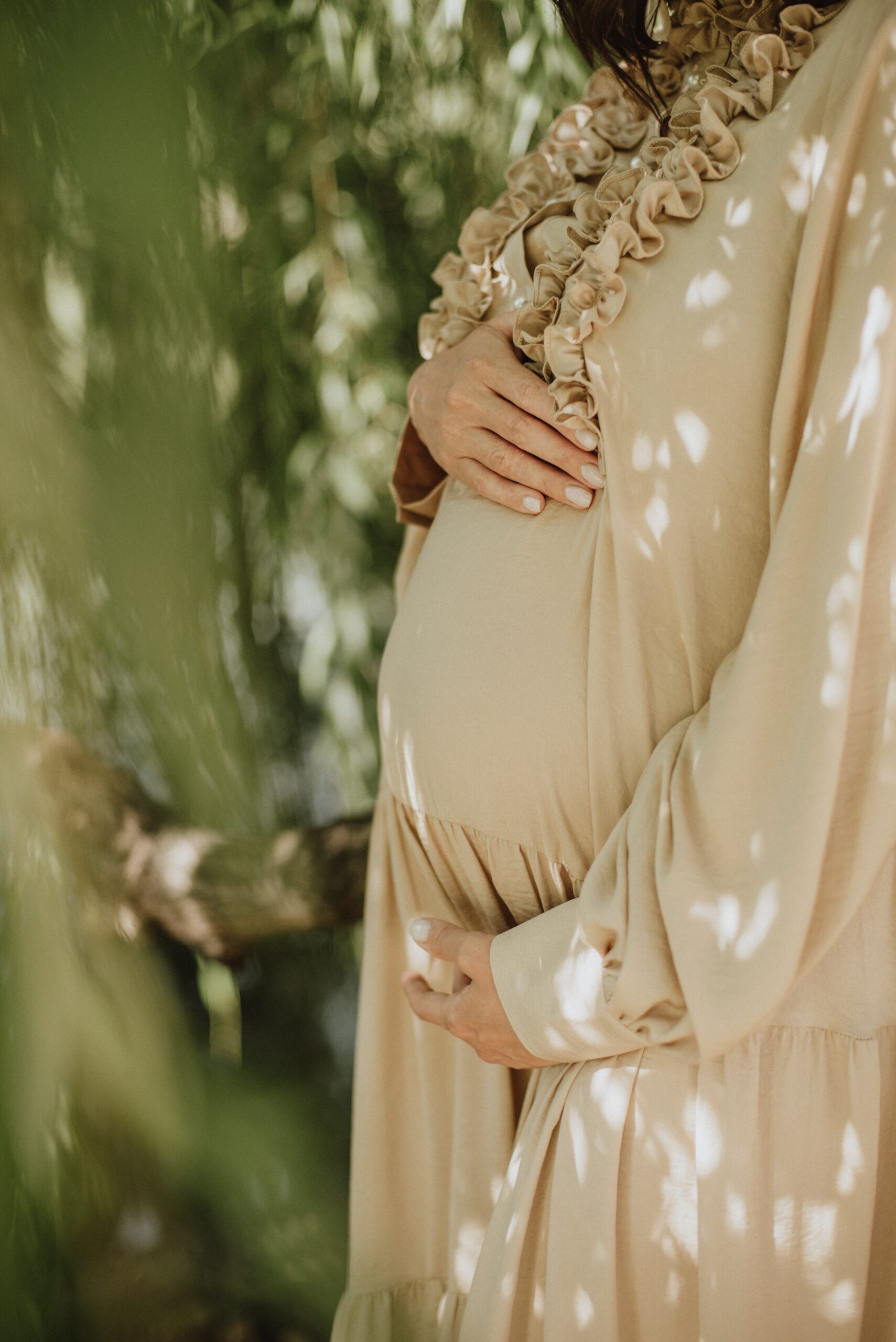
Chemicals to Avoid During Pregnancy
Did you know a typical beauty product will contain anything from 15-50 ingredients?
Considering the average woman uses between 9 and 15 personal care products per day, researchers have estimated that, when combined with the additional of perfumes, women place around 515 individual chemicals on their skin each day, just through cosmetic use!
(Jones & Selinger, 2017).
These chemicals are absorbed into the skin and can act as xeno-estrogens which cause havoc on your cycle + can be harmful in pregnancy.
CHEMICAL HOT LIST: WHAT TO AVOID

*The term ‘fragrance’ is often a generic term used by manufacturers. A single listing of ‘fragrance’ on your product’s ingredient list could represent dozens or even hundreds of unlisted chemical compounds which were used to create the final individual fragrance.
Don’t panic!
A lot of this information can be quite confronting and overwhelming but please remember, it is impossible to avoid every single synthetic chemical out there. Now that you are aware of this information, you can simply make more informed choices about what you choose to put on your skin.
Start Slow!
You don’t need to go home and throw away every cosmetic product in your cupboard. Look out for the chemicals listed above in what you have and decide whether or not it is worth keeping/finishing. If it is, just replace it with something cleaner next time.
If you are looking to buy some cleaner cosmetics but you don’t know where to start here are a few of our favourites
Shampoo and Conditioner
- Weleda
- Trilogy
Body Moisturiser
- Replace fragranced moisturisers with pure coconut oil – available from all supermarkets and health food stores
- Edible Beauty
Face Moisturiser
- Replace with Macadamia Oil from “Thursday Plantation” or Rose Hip Oil – available in all chemists and some supermarkets.
- Edible Beauty
- Trilogy
Makeup Remover
- All you need is some coconut oil on a cotton pad.
Chemical Free Makeup
- Karen Murrell
- W3ll People
- Bite Beauty
- Inika Organics
- Alima Pure
- Vapour Beauty
- Lily Lolo
- Zuii Organics
- Edible Beauty
- Ere Perez
Deodorants
- Schmidt’s
- Fresca
- MYAURA Organics
- Black Chicken
- EcoTan
To learn more about chemicals to avoid during pregnancy or for speaking enquires on this topic get in touch at hello@halsahealth.com.au
References:
EWG. (2018). Toluene. Retrieved 24 Febrary 2018, from http://www.ewg.org/skindeep/ingredient/706577/TOLUENE/#
Garlantézec, R., Warembourg, C., Monfort, C., Labat, L., Pulkkinen, J., & Bonvallot, N. et al. (2013). Urinary Glycol Ether Metabolites in Women and Time to Pregnancy: The PELAGIE Cohort. Environmental Health Perspectives, 121(1), 1167-1173.. http://dx.doi.org/10.1289/ehp.1206103
Industrial Chemical Act 1989 (Cwlth), Australian Government, Canberra
Jones, O. & Selinger, B. (2017). The Chemistry of Cosmetics. Retrieved 24 February 2018, from https://www.science.org.au/curious/people-medicine/chemistry-cosmetics
Miodovnik, A., Engel, S., Zhu, C., Ye, X., Soorya, L., & Silva, M. et al. (2011). Endocrine disruptors and childhood social impairment. Neurotoxicology, 32(2), 261-267. http://dx.doi.org/10.1016/j.neuro.2010.12.009
Smith, K., Souter, I., Dimitriadis, I., Ehrlich, S., Williams, P., Calafat, A., & Hauser, R. (2013). Urinary Paraben Concentrations and Ovarian Aging among Women from a Fertility Center. Environmental Health Perspectives, 121(11-12), 1299-1305. . http://dx.doi.org/10.1289/ehp.1205350
Wolff, M., Teitelbaum, S., Windham, G., Pinney, S., Britton, J., & Chelimo, C. et al. (2008). Pilot Study of Urinary Biomarkers of Phytoestrogens, Phthalates, and Phenols in Girls. Environmental Health Perspectives, 115(1), 116-121. http://dx.doi.org/10.1289/ehp.9488





